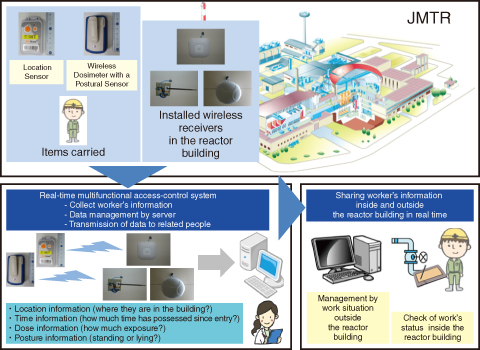
Fig.4-31 Schematic of a real-time multifunctional access-control system
In a radiation-controlled area, such as a reactor building, the safety management of access control and dose for workers, including prevention of radiation hazards, is required. Advances in management techniques are always required, as is the use of the latest technology.
In the Japan Materials Testing Reactor (JMTR), no system, such as an administrator, that was able to manage the access control and individual dose for workers in the reactor building in real time, existed. Therefore, the administrator had the difficult job of managing, and this management system was difficult for the workers in the reactor to understand. Furthermore, information sharing was sometimes insufficient on both sides.
To confront this situation, the JAEA and Hitachi Aloka Medical, Ltd. developed a “real-time multifunctional access-control system” (Fig.4-31), which comprises items that workers carried (location sensors and wireless dosimeters with posture sensors), wireless receivers, and data acquisition servers. Each worker’s location, time of entering, dose, and posture can be displayed on a PC or tablet in real time. Information may now be shared between the administrator and workers, between workers, and with people inside and outside the reactor building. The status of workers (where they are in the building, how much time has elapsed since their entry, their exposure, and whether they are standing or lying) is monitored by the PC. The management is improved due to the visibility offered by a graphical display of the worker’s dose and location on a map. Furthermore, safety management is facilitated by an alarm that is triggered as a function of dose, posture, and entering time. In particular, combining the wireless dosimeter and posture sensor is useful for safety management because the posture information can quickly save a worker who has an accident, even when he/she is working alone.
Safety management of workers in a radiation area has been improved by the installation of this system, and by the information sharing it promotes between administrators and workers, and with people inside and outside the reactor building. In addition, since this system is wireless and based on notebook PCs, it can contribute to the management of worker’s conditions in outdoor decontamination projects, such as the decontamination of the Fukushima area, which does not have sufficient radiation control.